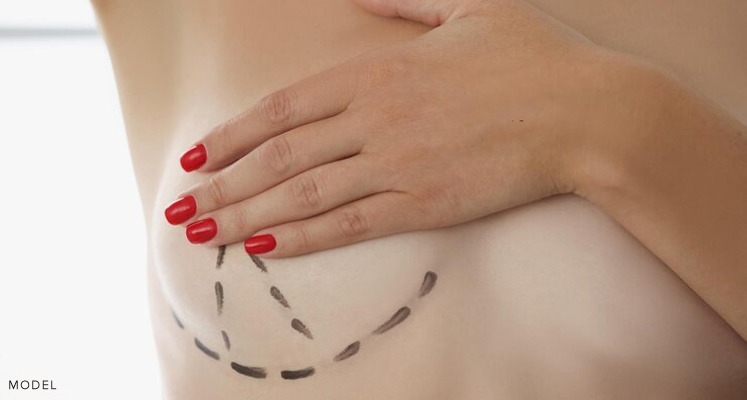
Pregnancy changes more than just size—it reshapes the whole breast
Breasts swell during pregnancy. They fill with milk. They stretch. They grow heavy. Then, slowly, they empty. They shrink. The skin doesn’t always shrink with them. Some women lose volume. Others gain shape they never had before. For many, the result feels unfamiliar.
It’s not just about sag. It’s about position. About softness. About skin that once held tension—and now hangs. Some notice deflation. Others feel asymmetry. No two stories are the same.
But the question that follows is often shared: Can it be restored?
A lift can reshape without adding size
If volume is still there—but lower—a breast lift may help. It doesn’t add anything. It repositions. It removes excess skin. It tightens the tissue that stayed stretched. Nipples are moved back to center. The breast sits higher.
You’re not larger after a lift. But you’re different. More upright. More balanced. More like how you remember feeling.
A lift works best when skin is loose, but tissue remains.
Implants restore fullness—but come with decisions
Some women lose upper fullness after pregnancy. The breast flattens at the top. An implant can refill that space. Round it out. Create shape that nursing took away.
But it’s not one size fits all. You choose placement. Over or under muscle. You choose shape. Projection. Size. Implants don’t fix sag. They add volume. And sometimes, they need to be paired with a lift.
It’s not about going bigger. It’s about bringing back what was lost.
Fat transfer is subtle—but all natural
For those who want a small change—without implants—fat transfer offers a quiet alternative. Fat is taken from the stomach or thighs. Processed. Then injected into the breast.
It adds shape. Softens contours. Improves symmetry. But it’s limited. You can’t grow multiple cup sizes. Some fat doesn’t survive. Results may require more than one round.
Still, it feels real. It ages naturally. And for some, that’s enough.
Some choose reduction after breastfeeding
Not everyone loses volume. Some gain it. Pregnancy enlarges breast tissue. Nursing stretches it. And when it settles, it may feel too big. Too heavy. Too far from how things once were.
Reduction removes excess tissue. Lifts. Recontours. It’s not just cosmetic. It can ease back pain. Improve posture. Free up clothing choices.
For many, it’s not about going small—it’s about finding relief.
Skin quality affects every decision
Pregnancy stretches collagen. Alters elasticity. Skin that doesn’t snap back changes what’s possible. A lift might not hold without strong tissue. Implants might look unnatural in thin skin.
That’s why every consultation begins with skin. Not photos. Not measurements. Not goals. Skin tells the story of what the breast can hold.
And what it might need help holding.
Recovery depends on the procedure—not just the body
A lift takes weeks. Implants add another layer. Fat transfer has swelling in more than one area. Reduction can feel intense early on—but rewarding over time.
All options require rest. No lifting. No driving. No pressure. Compression garments. Sleeping upright. Appointments. Patience.
Results don’t show up overnight. And emotional recovery sometimes takes longer than physical.
You don’t need to return to what was—you can choose what fits now
Some patients want to look like they did before. Others want something new. Something that fits how they live now. Fewer curves. Or more. Less projection. Or different symmetry.
Restoration doesn’t mean repetition. It means reclaiming control. Choosing what you carry forward—and what you leave behind.
It’s not a reversal. It’s a shift.
You can wait years—or choose early
Some women seek restoration months after weaning. Others wait years. Both are fine. There’s no ideal moment. Only your own comfort.
The body changes again with time. With weight shifts. With hormone shifts. You don’t need to rush. But you don’t need to justify the timing either.
You can want change now. Or later. Or never.
